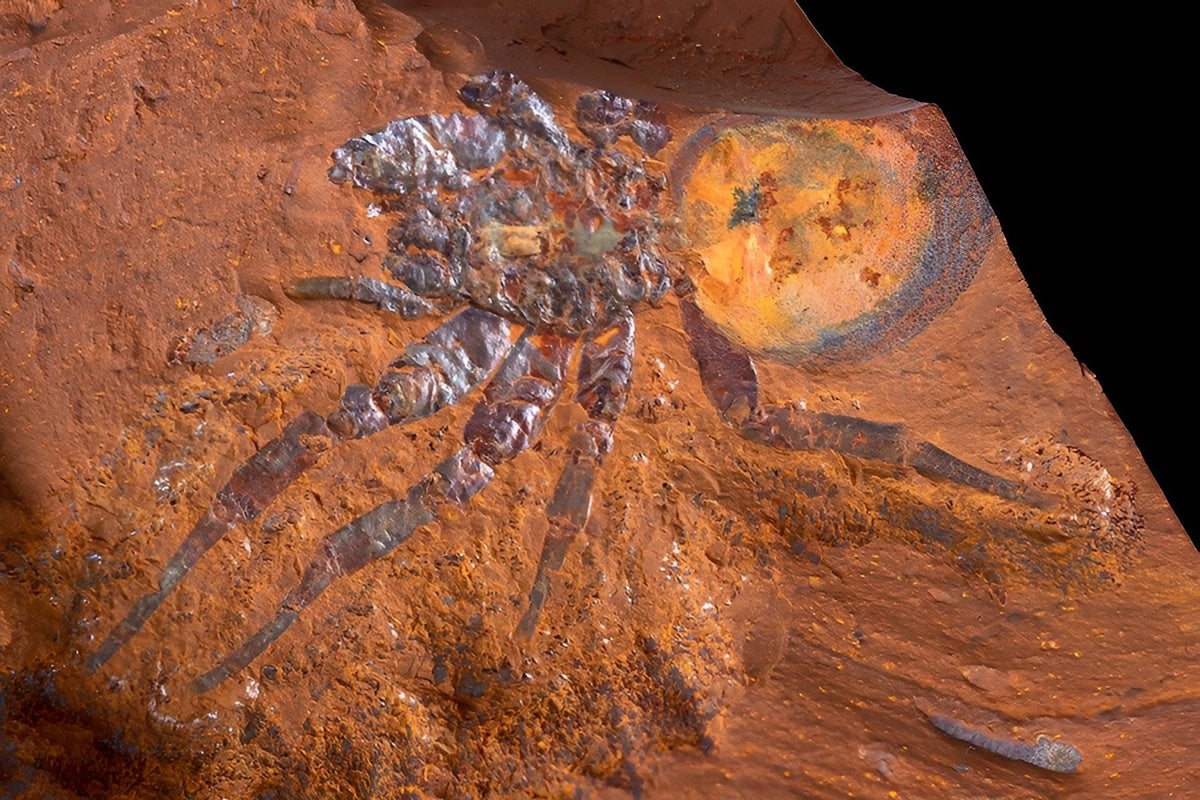
Scientists have named and described a new “giant” fossil spider species that lived between 11 and 16 million years ago in what is now modern-day Australia.
The spider was discovered at the McGraths Flat in New South Wales, a popular fossil site known for its iron-rich rock called “goethite”.
The creature has been called Megamonodontium mccluskyi and is described in a new study in the Zoological Journal of the Linnean Society. It is the first-ever spider fossil found of the Barychelidae family – similar to the living genus Monodontium (a brush-footed trapdoor spider), but five times larger and measuring about 50mm from toe to toe.
The discovery is “very significant” as only a small number of fossil spiders have so far been found in Australia, said scientists, including those from the Australian Museum.
“Only four spider fossils have ever been found throughout the whole continent, which has made it difficult for scientists to understand their evolutionary history,” palaeontologist Matthew McCurry from the University of New South Wales said.
“That is why this discovery is so significant, it reveals new information about the extinction of spiders and fills a gap in our understanding of the past,” Dr McCurry said.
The fossil, now housed in the Australian Museum’s palaeontology collection, also revealed the conditions under which the “giant” spider likely lived millions of years ago.
“The closest living relative of this fossil now lives in wet forests in Singapore through to Papua New Guinea,” Dr McCurry said.
“This suggests that the group once occupied similar environments in mainland Australia but have subsequently gone extinct as Australia became more arid,” he explained.
Megamonodontium mccluskyi is believed to be the largest fossil spider to be found in Australia.
“Not only is it the largest fossilized spider to be found in Australia but it is the first fossil of the family Barychelidae that has been found worldwide,” Queensland Museum arachnologist Robert Raven said.
“There are around 300 species of brush-footed trapdoor spiders alive today, but they don’t seem to become fossils often. This could be because they spend much time inside burrows so aren’t in the right environment to be fossilised,” Dr Raven explained.
Microscopic studies of the fossils from McGraths Flat revealed an “amazing level” of detailed preservation, scientists said.
Using more advanced microscopy techniques, researchers could analyse minute details of the claws and hair-like structures on the spider’s body and legs called setae.
“They can sense chemicals and vibrations, defend the spider against attackers and even make sounds,” scientists explained.







